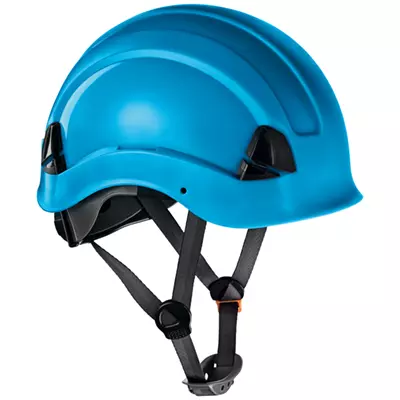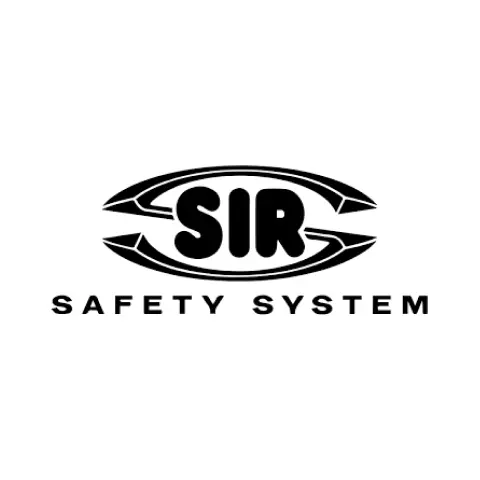Sir Safety System Everest Helmet
4.8 / 5
SIR SAFETY SYSTEM
visit storeProduct description
Product Features:
- Made of HDPE (High-Density Polyethylene)
- Withstands low temperatures down to -30°C
- Approved for electrical insulation up to 1000 V AC and 1500 V DC
- Four-point chinstrap adjustment with chincup
- Textile six-point head harness
- Adjustment ratchet wheel for size 52-63
Standards:
- EN 397
- EN 50365 CE
- Electrical Protection
Request a free sample
Test first and buy later. Visit any product page to request your free sample.
Standards and labels
SIR SAFETY SYSTEM delivery terms
Free delivery when you order more than 1 650,00 kr from SIR SAFETY SYSTEM
Supplier shipping fee 55,20 kr
Brand minimum 1 500,00 kr
248,31 kr
Shipping fee is 55,20 kr for orders under 1 650,00 kr
Sold in units of one piece
Need larger quantities?
Other products you may like
Recently viewed
Other products you may like
Similar products you may like
Autonomous sourcing platform
The most efficient way to source and order supplies for your operations



